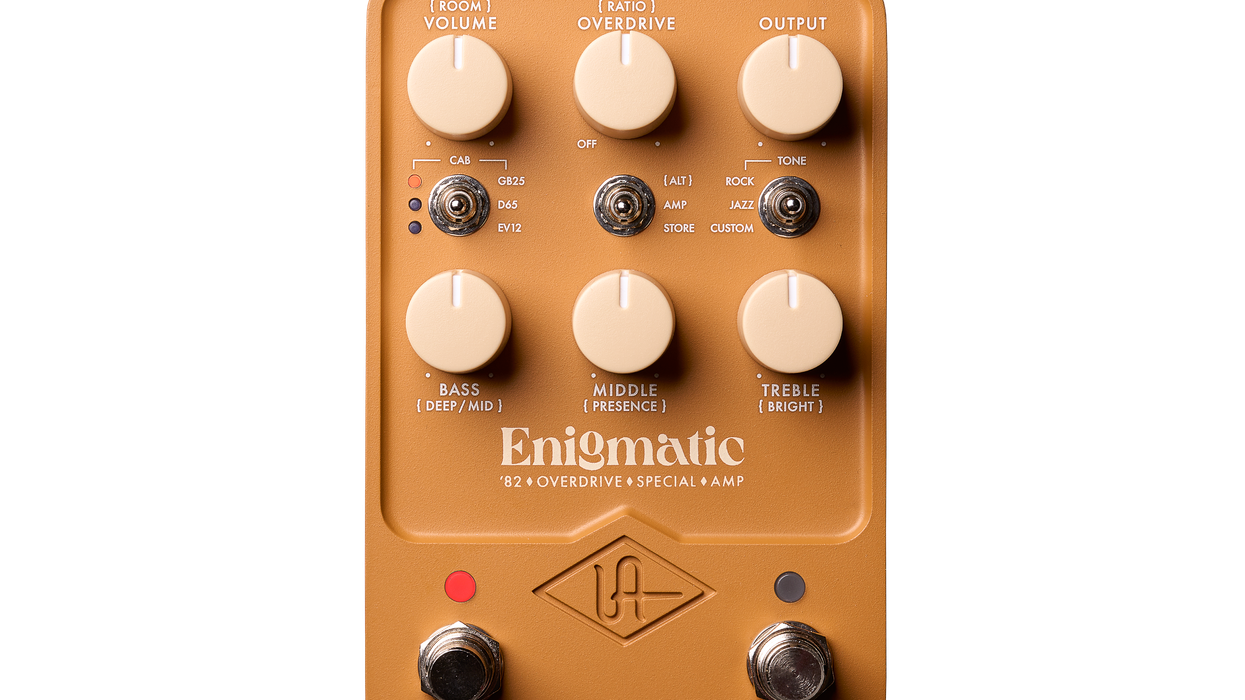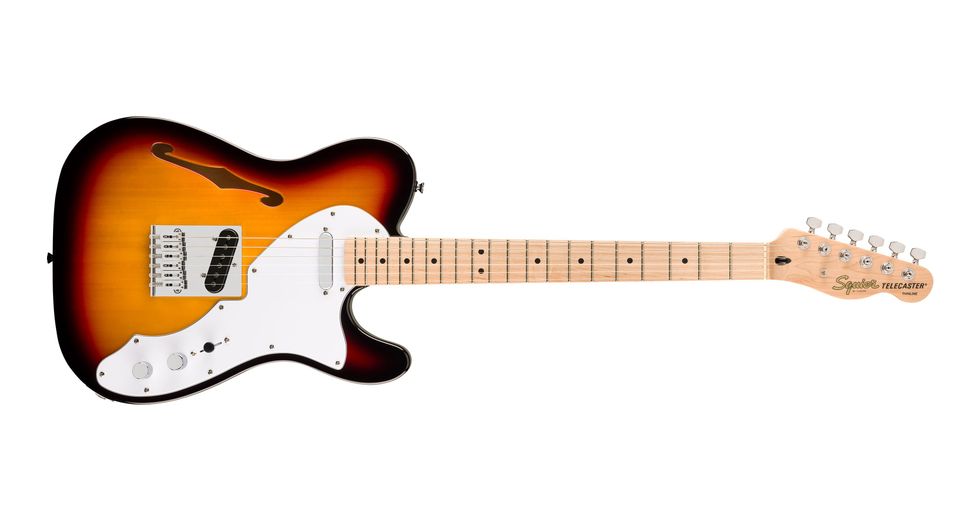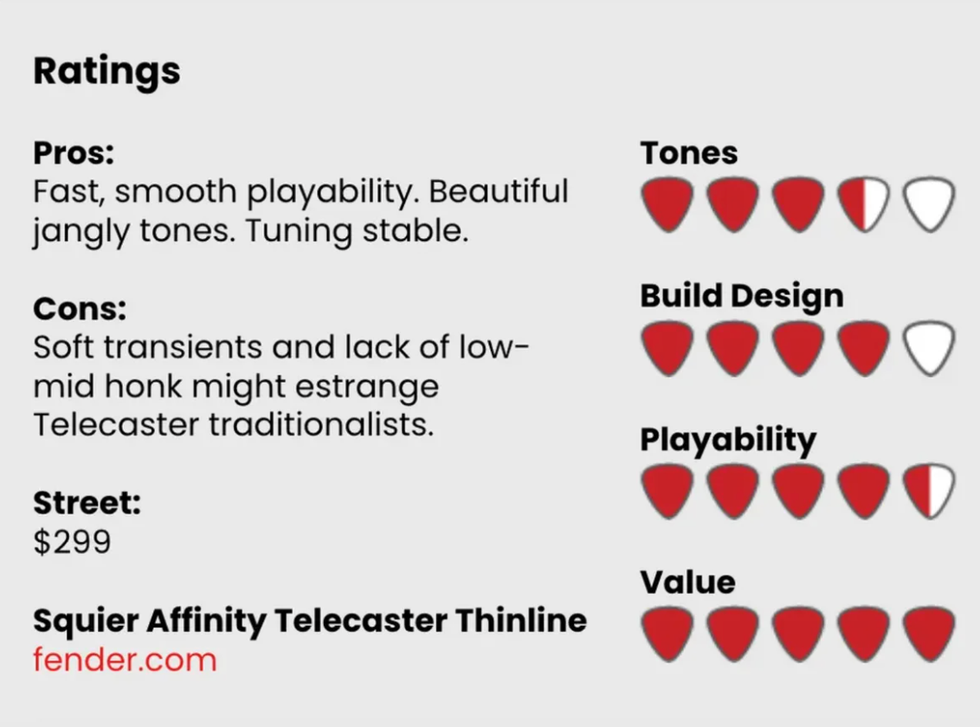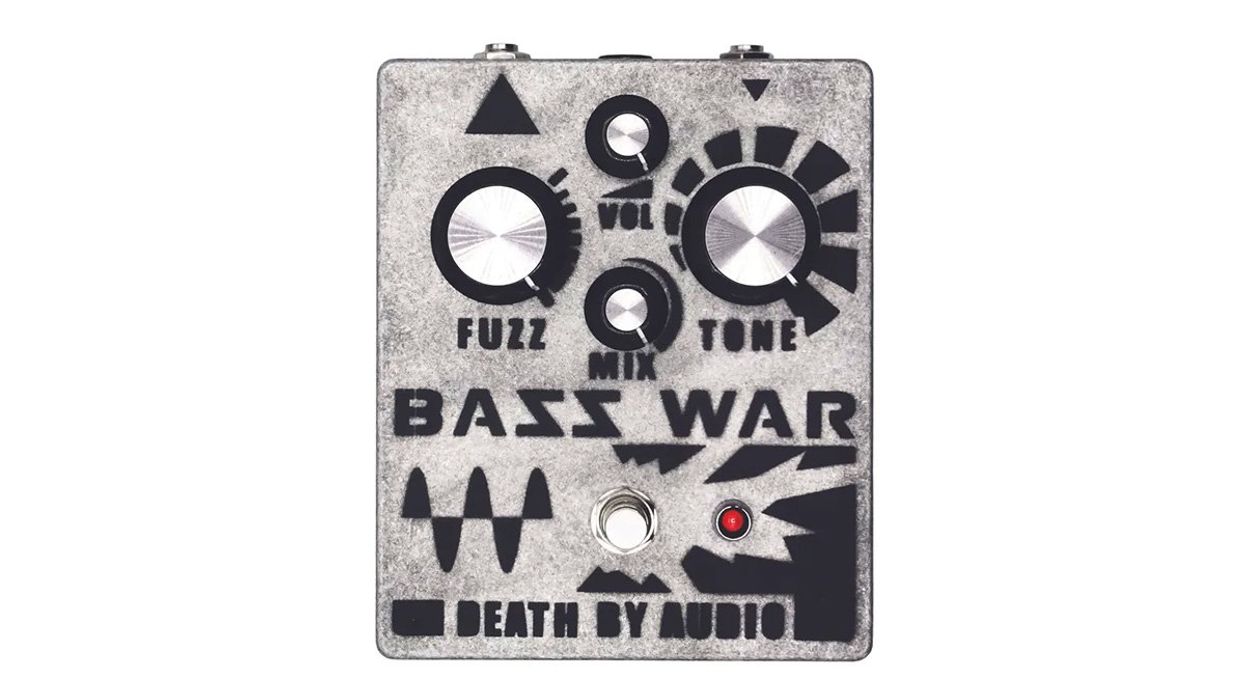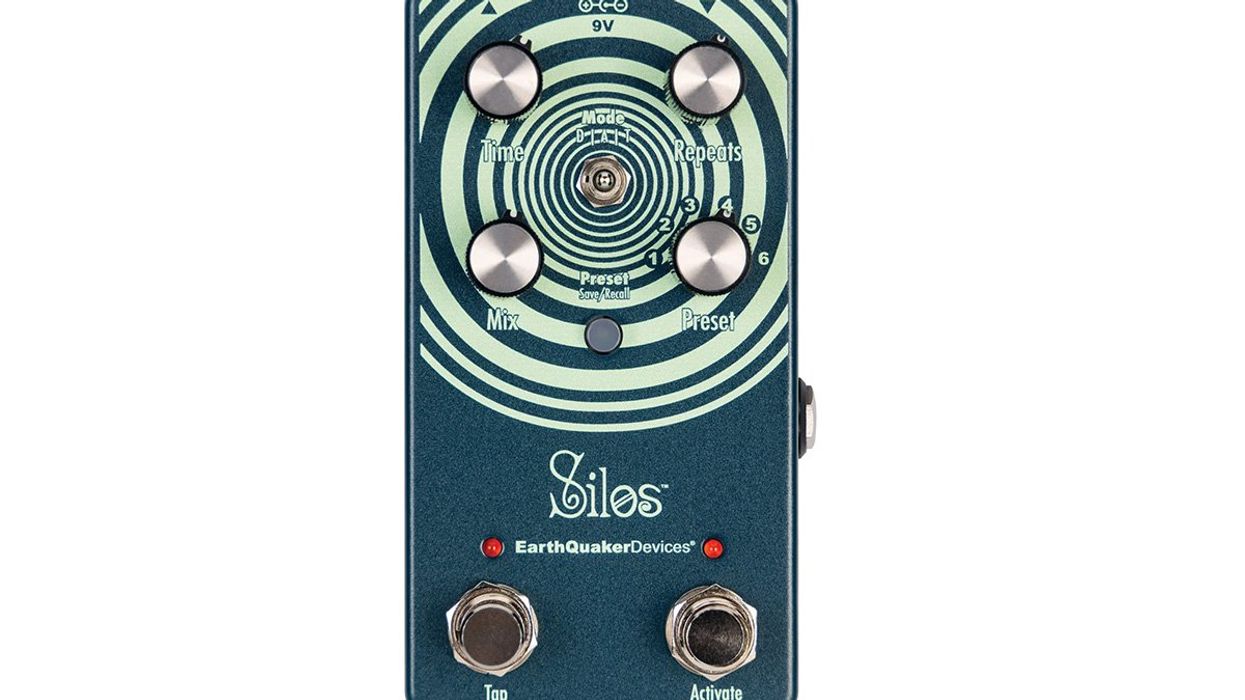In the impetuousness of my youth, I was, among other things, a reactionary chorus hater. Such were the obligations of a lad that preferred the Pebbles compilations to the Police in the 1980s. So, upon my regular visits to the old Starving Musician on El Camino Real in Santa Clara, I would often peer at a cheap, used Boss CE-1 and think, “Damn ... looks cool. Wish it wasn’t a chorus.”
It took a long time for me to get right in the head about that particular issue. Long enough that Boss CE-1s weren’t very cheap by the time I figured it out. Once again, Warm Audio has stepped in to grant me the chance to heal the wounds from my foolish ways. The all-analog, bucket-brigade-driven WA-C1 is the company’s latest, mostly faithful homage to a classic. In this case, Warm Audio enhanced the functionality of the chorus—splitting the CE-1’s chorus “intensity” control, which combined depth and rate functions, into independent depth and rate controls. It also adds a Hi-Z impedance switch that enables selection of a vintage-spec 50 kHz and a 1.1 MHz mode that improves headroom and clarity in the high-mid range. And while this may be sacrilege, I’d venture that the WA-C1, with its more compact dimensions, looks almost every bit as cool as the original.
Dimensional Contractions, Utility Expansions
One of the best things about Warm Audio’s pedals is that they concede little to the concerns of modern pedal-footprint obsessives. By Warm Audio’s standards, though, the WA-C1 is nearly petite—certainly compared to its inspiration. And even in this guise, it’s a lot larger than it needs to be. But there’s a lot of upside to the generously sized enclosure apart from just looking awesome. The knobs are easy to manipulate thanks to their larger size, and the space between the footswitches means you can stomp with abandon on the chorus/vibrato switch, which can yield dramatic shifts and contrasts in color. The WA-C1 is also just inviting. It begs you to use it, in a way. And the marriage of lines, chrome, and the tough industrial finish is a lovely antidote to dull post-iPhone design—even if it is grey.
“If the mono output is lovely, the experience of the WA-C1 in stereo is more like a summer Saturday-morning-sleep-in dream.”
Washed Up from the Depths
In both chorus and vibrato modes, the WA-C1 possesses an unmistakable vintage glow. The modulations and pulses are syrupy, elastic, and hard-edged in all the right places. If you love the sounds of James Honeyman-Scott (who used the Boss CE-1) and Smiths-era Johnny Marr (who used the Roland Jazz Chorus and Boss CE-2), the mono voice will find you laughingly swimming in pools of sunset shimmer. But if the mono output is lovely, the experience of the WA-C1 in stereo is more like a summer Saturday-morning-sleep-in dream. At the most archetypal Honeyman-Scott settings, the chorus is syrupy, slippery, and aqueous. The vibrato is more than a little evocative of a Fender Vibratone rotary speaker, particular in slower-to-medium-speed modes that give the modulation room to breathe. Mind you that, apart from the WA-C1’s rotary-like vibrato tones, the WA-C1’s main attraction, the 1970s/1980s era chorus sounds, still don’t approach the top of my hierarchy of must-have tones. I fell in love anyway. This is a pedal that can take a practice or writing session deep into the night.
The Verdict
Obviously, the Warm Audio WA-C1 is not the only very nice chorus that sounds awesome and offers stereo functionality. The Boss CE-2W Waza Craft, for instance, runs in stereo and even has a very nice CE-1-style voice in a more compact package. But it’s also 30 bucks more, and the WA-C1 features a truly transformative Hi-Z switch and the expanded chorus control section, which makes switching between contrasting chorus and vibrato settings especially striking in the right setting. And if a certain kind of vintage aesthetic has the effect of being musically inspiring—a valid position, as far as I’m concerned—the combination of smart style and addictive, immersive modulation sounds makes the $189 WA-C1 a deal.







